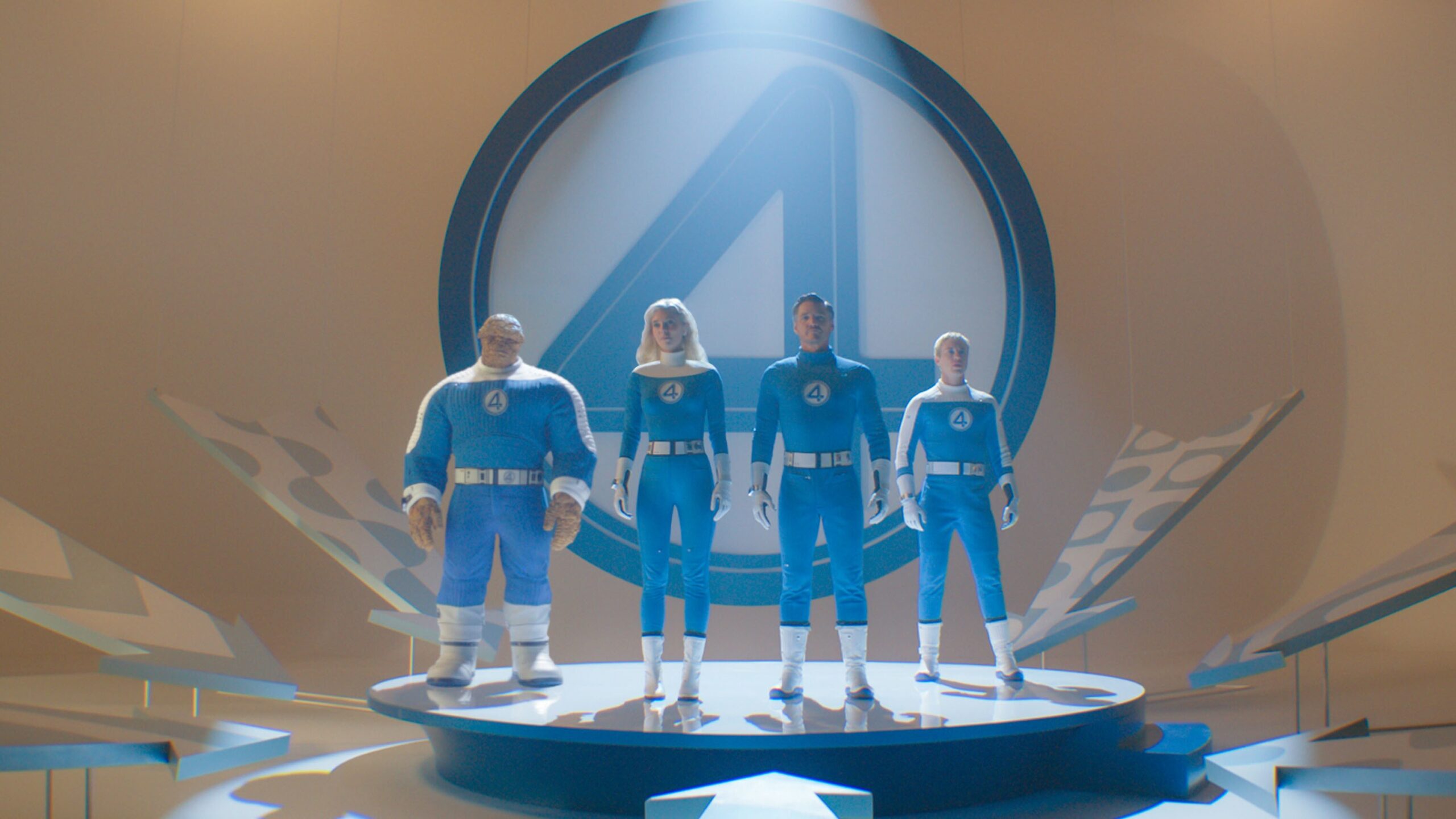The Puerto Rican superstar released “Tocanda el Cielo” to promote the summer tournament. Is it any good?
A thing that happens before big summer international soccer soccer tournaments is that the organizers pay a pop star or a combination of pop stars to record an “official song” for the tournament. Generally, these turn out to be exactly the songs of generic and forgettable uplift you would expect from a songwriting process that likely involves several rounds of bureaucratic reviews,1See this half-hearted attempt at a Eurodance anthem released ahead of Euro 2024 last summer. although occasionally you get “Waka Waka.”
Concacaf are just as good as any of those other soccer confederations, they’ll have you know, so ahead of this summer’s Gold Cup they paid Puerto Rican singer-songwriter Luis Fonsi to record an official anthem. Called “Tocanda el Cielo,” the song features Fonsi singing in both English and Spanish mostly about partying and coming together and chasing your dreams. The title translates to “touching the sky,” if you don’t have any Spanish in your back pocket.
The official press release announcing the song has a few intriguing notes about how it is meant to capture the ideals of Concacaf. The song “celebrates Concacaf’s continued efforts to connect the region’s love of football with the power of culture and music” and the Spanglish version embraces “the bilingual identity of the Confederation.”2There are also members of Concacaf that speak French and Dutch, but they are less important, I suppose.
A quick detour: The “Spanglish” note hints at Concacaf’s weird history of sort of borrowing a slightly incongruous old hit song to be the English language anthem for the Gold Cup. Fact checking here is a little bit difficult but according to this Wikipedia page, past English language “official Gold Cup anthems” include such hits as a dance-pop remix of Shania Twain’s “That Don’t Impress Me Much,” the “Cups” song from Pitch Perfect, the Gia Farrel song from Happy Feet, and the theme song from Netflix’s Queer Eye.3Much of this is difficult to verify, so it is also possible that someone is playing some kind of elaborate prank by adding Concacaf Gold Cup anthem status to the Wikipedia pages of random pop songs. A contemporaneous Reddit post at the very least corroborates that in 2013 people were talking about the Pitch Perfect song as the official song of the Gold Cup. What, if anything, does this say about Concacaf? Probably not much, but it is certainly a weird collection of mostly not particularly anthemic songs.
So what about “Tocanda el Cielo” as a song? It gets off to a bad start, building an initial melody off of a slightly more grating version of the Kygo pan flute MIDI preset. It finds Fonsi firmly in the mode sonic mode in which he has most often earned a paycheck in the past decade, which is trying to make “Despacito” again.
And as far as “Despacito” remakes go, “Tocando el Cielo” is perfectly fine, although it is much more of a self-conscious dance tune. It’s built around broadly the same family of Spanish Caribbean guitar chords as its predecessor, pitched to a slightly more upbeat tempo, more for jumping up and down in the stands then for dancing close in a dimly lit room. That initial flute riff eventually becomes a soccer-chant-evoking “oh oh oh” group chorus, and it is at least a little bit of an earworm.
The issue of course is that you can’t really layer an anthemic soccer chant-along to “Despacito.” The real magic of that song, aside from the simple fact of being a collaboration between two of the most successful artists in the history of Puerto Rican music, is that it deploys Fonsi’s skills as a balladeer for a genuine slow jam. He is slightly miscast as a party anthem singer, which is why none of the post-2017 “Despacito” retreads have ever been quite as undeniable.
The music video features Fonsi and a bunch of models partying in front of the Gold Cup trophy on what appears to Miami’s most affordable rooftop venue, interspersed with footage from the 2023 tournament. We are all having a good time, dancing and waving the flags of our favorite Caribbean and North and Central American nations, and occasionally Fonsi picks up a soccer ball to remind everyone that this is a soccer song.
Lyrically, the song is about what you’d expect it to be in that mostly it’s about not much: reaching for our goals together, celebrating, and so on. The lyrical highlight is when Fonsi sings “Bailando cause we’re ready to party,” presumably in order to conjure a subconscious association with a much better Spanish language radio hit. A potential misstep is that Fonsi sings the word “manos” (hands) 13 times in the song, and you actually can’t use your hands when you’re playing soccer.
As for whether or not the song captures the spirit of Concacaf, Fonsi doesn’t bring up sabotaging the pitch ahead of a home match, or rolling around on the floor to try to get an opposing player suspended, or slightly overwhelmed referees completely losing control in a big moment, so it’s hard to say that he really did justice to what makes the region so special.
Fonsi is a professional, so this song was never going to be bad — he was churning out mega hits for nearly two decades before “Despacito.” But it also fails to break out of the general mediocrity of official soccer tournament anthems.
And while it is understandable that Concacaf wants to keep up with the other global soccer confederations, “official Gold Cup anthem” should probably be lower on the list of priorities than ensuring that the biggest nations in the continent actually take their premier tournament seriously.
“Tocanda el Cielo” is fine, but it’s not likely to end up on anyone’s summer playlist. Concacaf probably could have saved the money and just licensed the theme song from The Sopranos again.




